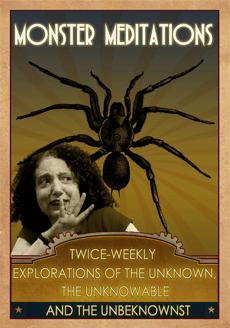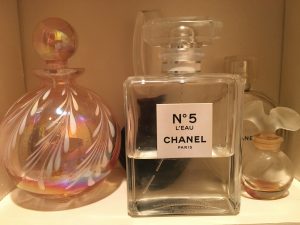The red wine tastes like plums and raspberries, with tobacco or cherry cola. The white is all green apples and apricots with hint of a pineapple buzz that’s reminiscent of grapefruit soda on the backend, or it’s smoke, oak, and quartz, with an acidic finish. A perfume smells like old roses and lime leaves—or maybe it’s more like lilacs and lemongrass?
Writing descriptions of aromas and tastes is tricky because our individual perceptions vary widely. Pour two glasses of white wine from the same bottle and one person will say it tastes like granny smith apples and the other will insist that it tastes like kumquats and unripe strawberries. They are BOTH right. What we taste and smell—and how we describe those sensations—are entirely individual. The same exact chemical combinations, glasses from the same bottle of wine, or whiffs from the same atomizer of perfume, will provoke us to describe things in our own way. But how can wine taste like kumquats AND green apples? Because we don’t taste kumquats or green apples the same way either—we experience them via our own aromatic “lens.”
In fiction, descriptions of tastes and smells can be character short cuts. An older lady wearing a sweet, flowery perfume is a cliché. It’s familiar and immediately brings to mind old-fashioned clothing and outdated ideas. If you are old enough to remember the late 1960s and early 1970s you might connect patchouli with hippies and musk with the growth of scents for men. Between the aromas added to soaps, shampoos, body lotions, and laundry detergents, it was a smelly era.
Periodically, NEW perfumes become breakout stars and change the aromatic landscape. CHARLIE was a big deal in the early 70s, but I was too young to tell you if the scent was the big departure or if it was the image projected in the advertising campaign that made it the next big thing. Super models appeared in the commercials wearing pantsuits (a big departure), and the message was clear. Charlie was the perfume of beautiful, liberated women, even as Bobby Short crooned the snappy jingle.
If I were to create a character with Charlie as her signature scent, she’d be a fan of Lauren Hutton, Cindy Crawford, Shelley Hack, Naomi Sims, and Ralph Lauren. That would make her somewhere between 65 and 75 years old.
I think I speak for most regular perfume wearers when I say that over the course of your lifetime taste in perfume evolves and changes. Still, the idea of a signature scent is wonderful. It lingers in the air and on the page.






I used to wear perfume all the time – mostly L’Air du Temps by Nina Ricci. But as with all things, a day came when I realised that perfume made me itchy, so no more perfume. Now, I’m only aware of it if it’s very strong. I’m not sure if that means people aren’t wearing perfume as much or I’m just losing my sense of smell. 🙂
In writing terms, I think I focus more on unpleasant smells that pleasant ones…unless it’s food of course. 😀
Unpleasant smells have a HUGE role in fiction. The rotting flesh at a crime scene, the ozone hanging in the air in science fiction, the aroma of compost in a garden in a historical romance… I just read a description of the smell of dried blood at a crime scene in a Peter Robinson mystery. The iron-forward smell that means death, or something close to death, starts the novel.
I find the default descriptions of smells in fiction to be interesting and the eccentric descriptions even more compelling when they concern disturbing smells. The rank smell of a wet wool coat, the almost too sweet smell of a sick room, the sour smell of anxious sweat—so much worse that the clean sweat of an athlete’s morning workout… all of these smells paint pictures with only a few words.
On another topic entirely, L’Air du Temps was one of my first perfumes. I remember it fondly as the perfume of my early 20s.